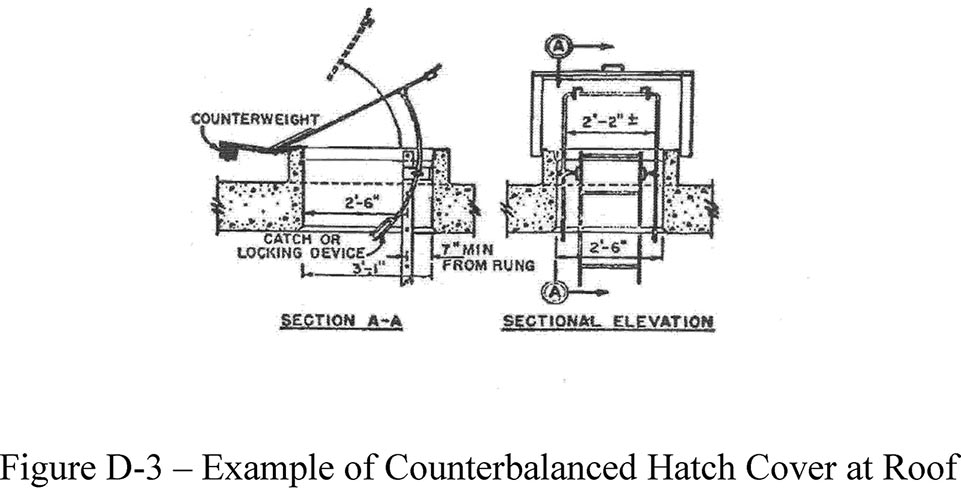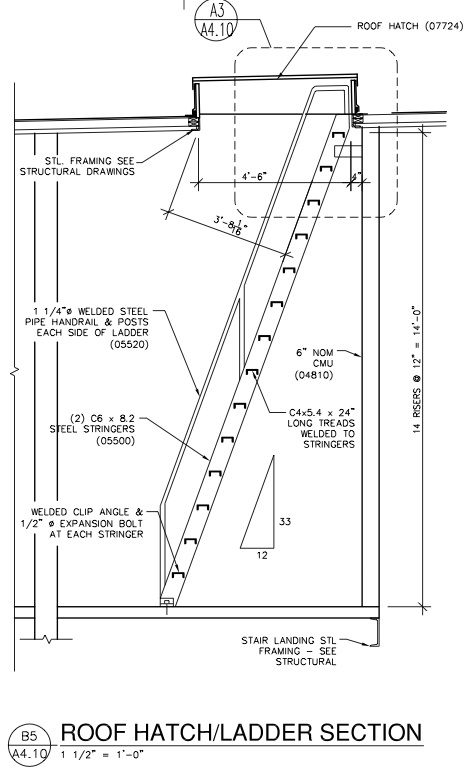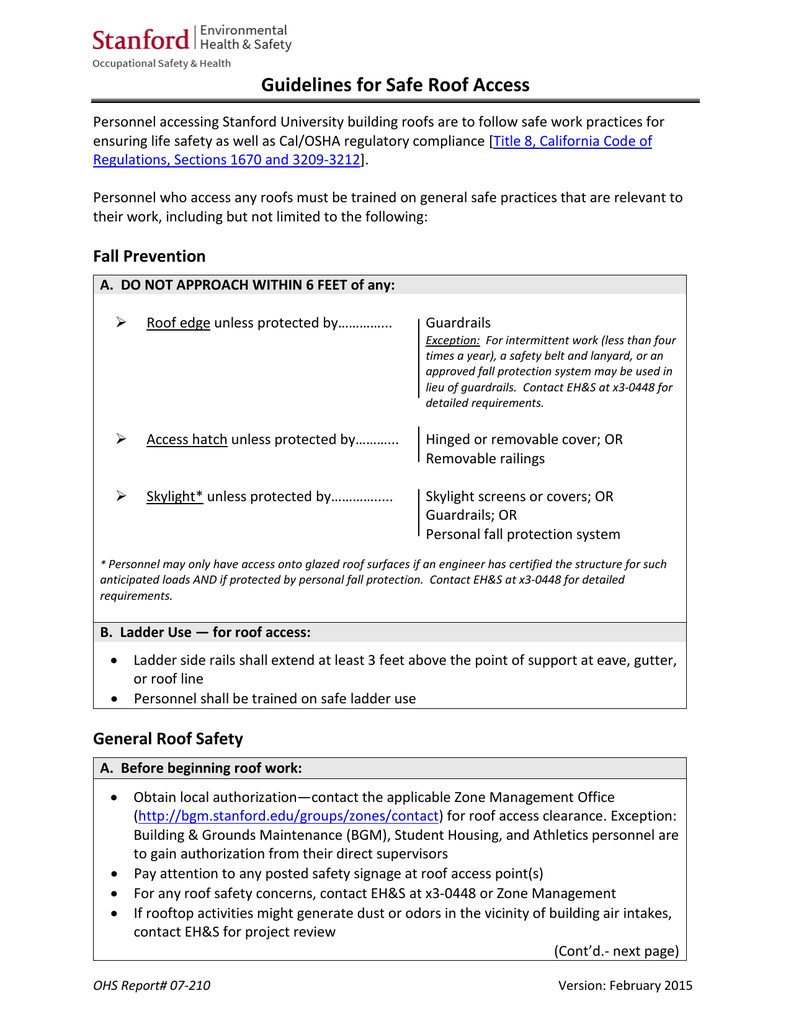Osha Regulations For Roof Access Ladders

How far the d ring shifts and the harness stretches when it supports the full weight of a fallen worker including the weight of tool belts and other attached equipment or tools.
Osha regulations for roof access ladders. This new requirement is important for a number of reasons. For through ladders the steps or rungs are omitted from the extensions and the side rails are flared to provide not less than 24 inches 61cm and not more than 30 inches 76 cm of clearance. Osha requires that this distance be no greater than 3 5 feet 29 cfr 1926 502 d 16 iv but it may be less for some pfas equipment. 24 inches this extension above the access level must be at least 24 inches wide to accommodate the width of climber s body and not more than 30 inches of clearance allowing the climber to easily reach both hand rails.
If the parapet is continuous the access level shall be the top of the parapet. Apart from the above requirements you ask why osha did not require the use of personal fall arrest equipment whenever an employee is working 15 feet or higher on a ladder you do not specify whether you are asking this with. Under the new regulations a ladder over 24 feet high will require a personal fall arrest system or ladder safety system. 1910 25 b 2 vertical clearance above any stair tread to any overhead obstruction is at least 6 feet 8 inches 203 cm as measured from the leading edge of the tread.
The side rails of through or side step fixed ladders shall extend 42 inches 1 1 m above the top of the access level or landing platform served by the ladder. You can choose any pfas provided it meets the osha requirements in section 1926 502 d. 1926 1051 a 2 a double cleated ladder or two or more separate ladders shall be provided when ladders are the only mean of access or exit from a working area for 25 or more employees or when a ladder is to serve simultaneous two way traffic. For a parapet ladder the access level shall be the roof if the parapet is cut to permit passage through the parapet.
When a ladder safety system is provided the maximum clearance between side rails of the extension must not exceed 36 inches 91 cm. If you carefully examine the new ruling you ll note that osha 1910 28 b 9 requires general industry employers to provide fall protection on fixed ladders more than 24 above a lower level. If the parapet is continuous the access level is the top of the parapet. Handrails stair rail systems and guardrail systems are provided in accordance with 1910 28.
Side rails of through or side step fixed ladders must extend 42 inches 1 1 m above the top level or landing platform served by the ladder. A ladder that is less than 24 feet high does not require a fall arrest system of any sort.














































